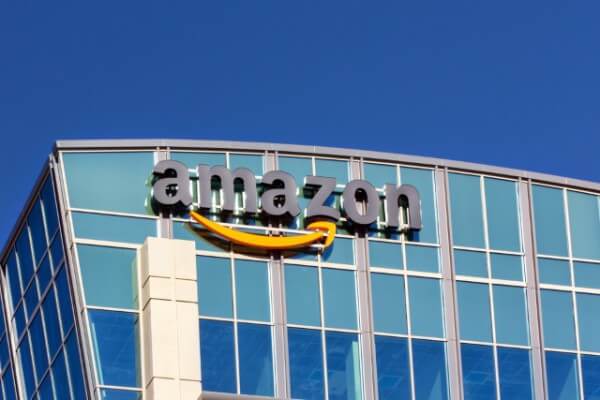Amazon’s Prime Air program has long been a source of debate. Unveiled in 2013 with the goal of delivering packages via autonomous drones within 30 minutes, the program has long faced a series of challenges in its journey, and now, the e-commerce major is looking to expand its Prime Air drone delivery program.
The expansion announcement comes on the heels of Amazon’s decision to establish a new delivery site in Tolleson, Arizona, to facilitate Prime Air operations. This site is expected to offer same-day delivery to residents within the West Valley Phoenix metro area later this year. And if this is not enough, the company has also revealed its intention to shutter its drone delivery site in Lockeford, California. While the reasons for the closure remain undisclosed, Amazon has assured employees of alternative opportunities at other Prime Air sites.
“As Amazon embarks on the national expansion of its Amazon Drone Delivery Program, we’re proud to have their innovative presence in our community. By bringing this service to new communities, they’re not just delivering goods; they’re delivering opportunities and economic growth for all,” Juan F. Rodriguez, mayor of Tolleson, commented on the matter. “Amazon’s commitment to innovation exemplifies the entrepreneurial spirit that drives our city forward.”
A significant factor in the Arizona launch might be the introduction of the MK30, Amazon’s latest drone design that was unveiled in late 2022. This next-generation drone boasts several improvements over its predecessors. It’s lighter and quieter, potentially addressing noise concerns raised in California. More importantly, the MK30 is designed to fly in light rain, a significant advancement that could expand the program’s operational window and cater to a wider range of weather conditions. The company aims to gradually expand its drone delivery operations, with plans to introduce new delivery sites in 2025.
Amazon’s initial vision for Prime Air captured the public imagination. However, the path from idea to execution proved far more intricate. The biggest obstacle emerged in the form of regulations. The Federal Aviation Administration (FAA) established strict guidelines for unmanned aerial vehicles (UAVs). Obtaining the necessary certifications and navigating the complex web of FAA approvals became a significant hurdle for Amazon. Technical challenges further complicated matters. Developing drones capable of safe, reliable, and autonomous flight within a specific timeframe and weight limit proved a significant engineering feat.
In 2020, Amazon finally secured the crucial Part 135 certification from the FAA, paving the way for limited commercial drone delivery operations within the United States. Two years later, in 2022, Prime Air witnessed its first official launches in College Station, Texas, and Lockeford, California. Still, it exposed potential roadblocks. While some residents embraced the novelty of drone deliveries, others raised concerns about noise pollution and privacy intrusions. Additionally, whispers of low customer adoption in Lockeford began to circulate. Later, just over a year after its launch, Amazon announced the closure of its Prime Air operations in Lockeford, California.
The Tech Portal is published by Blue Box Media Private Limited. Our investors have no influence over our reporting. Read our full Ownership and Funding Disclosure →






